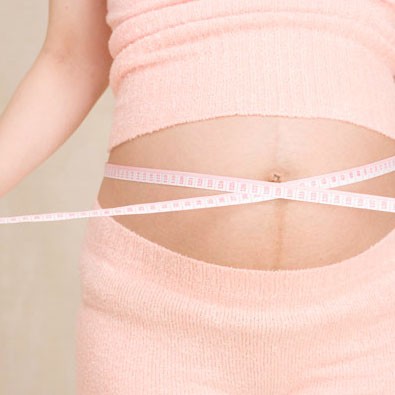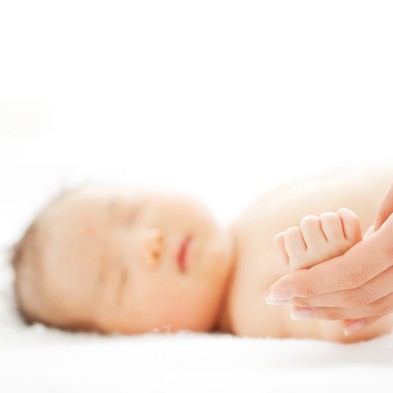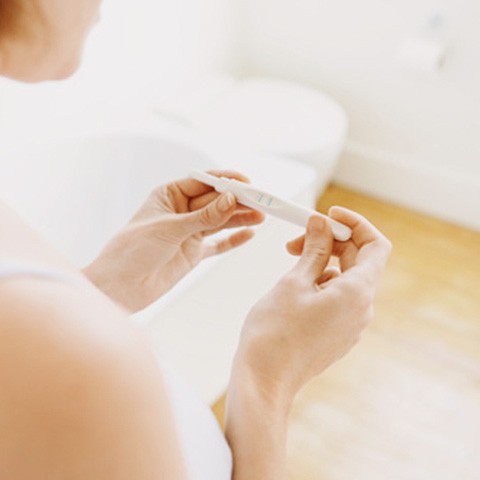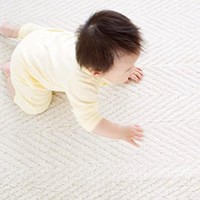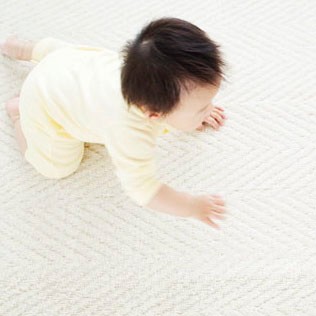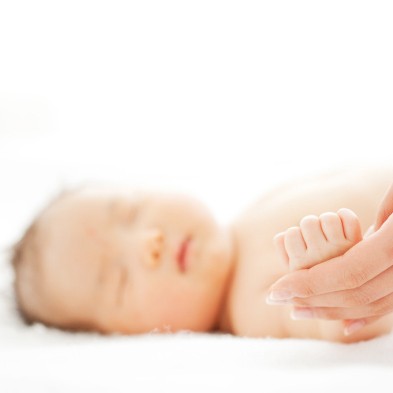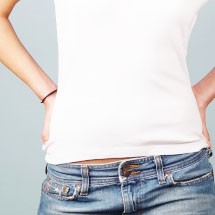Recovery Body

How about wound recovery?
How about wound recovery?
How will the wounds from an episiotomy or perineal tear or the wounds from a Caesarean section recover? We'll take a look at what the wound site looks like, the pain, and more.
How about the recovery of the uterus and ovaries?
The mama's uterus and ovaries, which took 9 months to change,will take about 6-8 weeks after birth to return to their normal condition.
Let's take a look at what kind of changes take place during the process of that return.
How does the uterus return to its original condition?
Just before birth, the uterus came up to above the belly button. But once the placenta comes out, all at once it will contract rapidly to below the belly button. The next day, it will return to about the height of the belly button again, and after that, it will contract repeatedly and get smaller. It will get so small that, whereas at about 5 days after birth if you touch it from the outside you can feel it, after 10 days you will no longer be able to feel it. But it takes about 6-8 weeks for it to return completely to its original condition, so you'll want to take it easy until then and pay close attention to how you're feeling.
What are afterpains?
As the uterus contracts, pains similar to labor pains occur, and these are called "afterpains." There is individual variance in how these pains are felt, but they are very light compared to labor pains, so there's no need to worry. As a rough idea, they hurt just a little more than menstrual pains. You'll feel the pains for 2-3 days after birth, but around the time you leave the hospital, you'll barely be feeling them at all.
What is lochia?
This refers to the vaginal discharge that comes after birth. It is a mixture of blood from the place where the placenta peeled off and the wounds that formed in the uterus when the egg membrane peeled off, plus the blood that built up in the uterus, along with secretions and mucus.
How long will lochia last?
For the first 2-3 days after birth, there's a lot of it, and it's mostly blood. After that, as the uterus and birth canal recover, the bleeding will decrease and the color will change from red → reddish brown → yellow → white, finally becoming transparent. While it varies from one person to the next, vaginal discharge seems to become transparent at around 3-5 weeks after birth.
Check your lochia
Lochia is an important barometer of whether or not your uterus has recovered. Check the changes in the color and amount. If there's something you're concerned about, such as if red lochia continues without stopping, lochia suddenly increases after it had decreased, or a blood clot comes out, for example, see your doctor about it soon.
When will menstruation resume?
In general, it is said to resume around 4-5 months after birth, but it varies widely from one person to the next, so that's only a rough idea. Menstruation tends to resume later in mamas who are breastfeeding. But this, too, varies from one person to the next, and sometimes it will come even if you're breastfeeding, so it can't be stated categorically. There are also some cases where ovulation may be taking place without menstruation, so it's better to be careful about birth control even if menstruation has not yet resumed.
What to do after birth
Having just finished the big job of childbirth, mama's body will not return to its original condition right away.
For the sake of the child-rearing that will go on from this point forward, too, take care of your body and take it easy for a while after birth.
Until your 1-month checkup, get plenty of rest
Even if you feel like you're recovering surprisingly fast and feel great, limit yourself for about the first month after birth to caring for the baby, and let your body get plenty of rest. If you overwork now, it can have an impact later on for many years. It's best to ask daddy or your parents to do the housework. Even in cases where you have trouble getting help from those around you, you'll want to use a support service like a postpartum helper, etc., so that mama can stay in bed.
What about sex after birth?
At your 1-month postpartum checkup, the doctor will check for things like how your uterus and any perineum wounds are recovering. If the doctor then tells you that there's no problem, it's OK to resume having sex. But the mucous membrane of the vagina is still vulnerable, so pay attention to cleanliness, take it easy, and be gentle. Using a special-purpose lubricant or jelly is also recommended.
Still, it's said that it takes a year for mama's body to recover completely. Out of consideration for the burden on a mama, it's probably best to avoid getting pregnant again during that time.
If something concerns you, such as continuing pain, please consult with your OB/GYN.
How about recovery from a perineal wound?
The perineum is a very delicate place, so you're probably very concerned about what sort of treatment was done and how long the pain will last.
What is the wound like?
In the event of an episiotomy or perineal tear, the wound is sewn up immediately after birth. Sometimes dissolvable stitches are used that do not have to be removed. If stitches do have to be removed, this is usually done on the day before you leave the hospital. Straining in the bathroom will not cause the wound to open, so rest assured. However, if you get infected by bacteria, etc., it can cause trouble, so it's important to wipe with a cleaning cotton, etc., and keep the area clean.
How long will the pain last?
The pace of recovery varies from one person to the next, but usually about 1 week after leaving the hospital it will feel much better, and about 1 month after birth the pain will be mostly gone.
The wound from an episiotomy tends to heal faster than that of a perineal tear. If you notice puffiness, strong pain, or a cramped sensation, consult with your OB/GYN.
How about recovery from a Caesarean section wound?
A Caesarean section is probably the first surgery for a lot of mamas.
You may wonder how the cut heals after your belly is cut open.
Let's take a look at the wound site and the pain.
What is the wound site like?
It seems there are differences between hospitals in how the wound site is treated.
How long will the pain last?
For 1-2 days after the surgery, the pain of the wound and the uterine contraction pains will overlap, so you may feel rather strong pain. If the pain is strong, notify the maternity hospital and in some cases they will prescribe a painkiller. From about the third day, most mamas can move around just like those who had vaginal deliveries. How long the pain lasts varies widely from one person to the next, but by about 2 weeks after birth the major pain will go away, and you will gradually feel better. Even after that, some people may feel itchiness at the wound site, or on bad weather days they may feel a stinging pain, for example.
Will it leave a scar?
How noticeable a wound is differs depending on the way the belly was cut. Vertical incisions have the advantages of allowing a shorter time until delivery of the fetus and offering the doctors a broader, easier view for the surgery. But the wound site is usually more noticeable, whereas a horizontal incision is less so.
Also, for some people the skin at the wound site may get red and push upward (in a keloid shape), so there are supposedly tapes and creams, etc. to help prevent that. How much of a scar will be left depends largely on things like your constitution. So it's probably good for mamas who are concerned about their wound site to consult with the plastic surgery department or dermatology department.
Learn about postpartum exercises
When you hear the word exercise, you probably think of something hard, but postpartum exercises are gentle on the body.
You can start with light movements such as moving your toes while lying down, and increase the amount of exercise little by little.
What are postpartum exercises?
After birth is a time for resting your body, so you should stay still as much as possible. But not moving at all can also cause recovery to to be delayed. Postpartum exercises are exercises you can begin right after giving birth. These are mild exercises you can do even in bed, but they offer a variety of benefits.
★The goal and method of these exercises is different from those designed to restore a slim figure. Exercises for restoring your figure should be done only after your body recovers on the inside.
What are the benefits?
Postpartum exercises offer a variety of benefits for your body's recovery after birth.
Let's take a look at what some of the specific benefits are.
1. They improve the excretion of lochia.
2. They tighten up muscles that have gotten loose due to pregnancy and delivery.
3. They help you recover quickly from the exhaustion of delivery.
4. They may improve the secretion of breast milk.
5. They help prevent constipation.
6. They promote the contracting of the uterus and the tightening up of the pelvis.
7. Moving your body can also improve your mood.
When should I start?
Unless there's a problem after birth, you can start from the very day of delivery. But it depends on the course of your delivery and on the mama's constitution, so consult with the maternity hospital staff before proceeding.
Precautions when doing postpartum exercises
Postpartum exercises offer a variety of benefits, so it's good to do them if you can, but they're not something you absolutely have to do. If you feel bad or get tired, just stop instead of overdoing it. Also, it's probably better to avoid doing them right after a meal or when you're sleepy. There's also no need to increase the number of repetitions if you find it difficult.
One thing anyone can do on a daily basis is to walk with good posture. After giving birth, you'll often be slouching forward when caring for baby, and your already saggy belly will get used to being in an unusually relaxed position. It's good to start by straightening up your back muscles and walking tall.
If something concerns you, even just a little, please consult with your maternal hospital right away.
update : 19.09.2017
Our favorites feature uses your browser's cookies. To use this feature, please enable cookies. If you are using Safari on your iPhone or iPad, please turn off the Private Browsing Mode. If you clear the cookie, you also clear the Favorite that you chose.

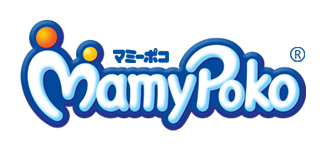





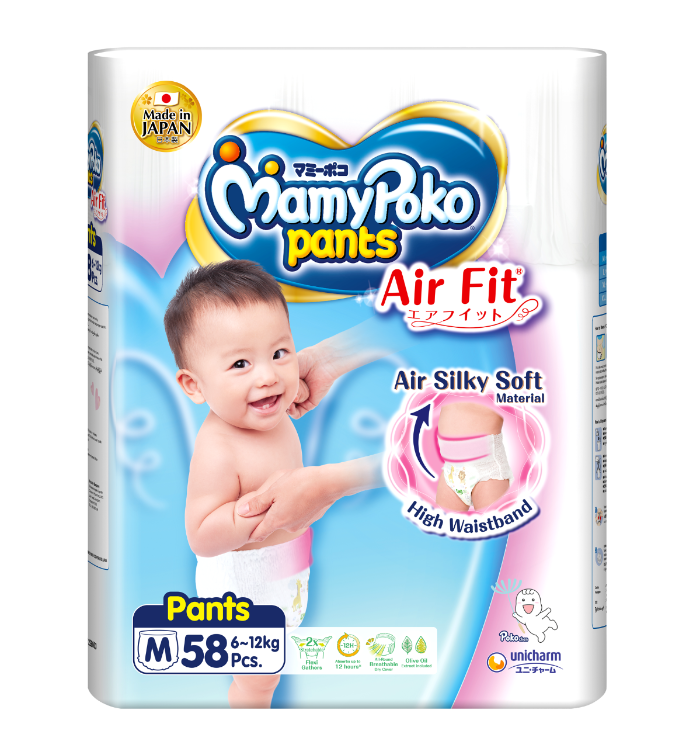
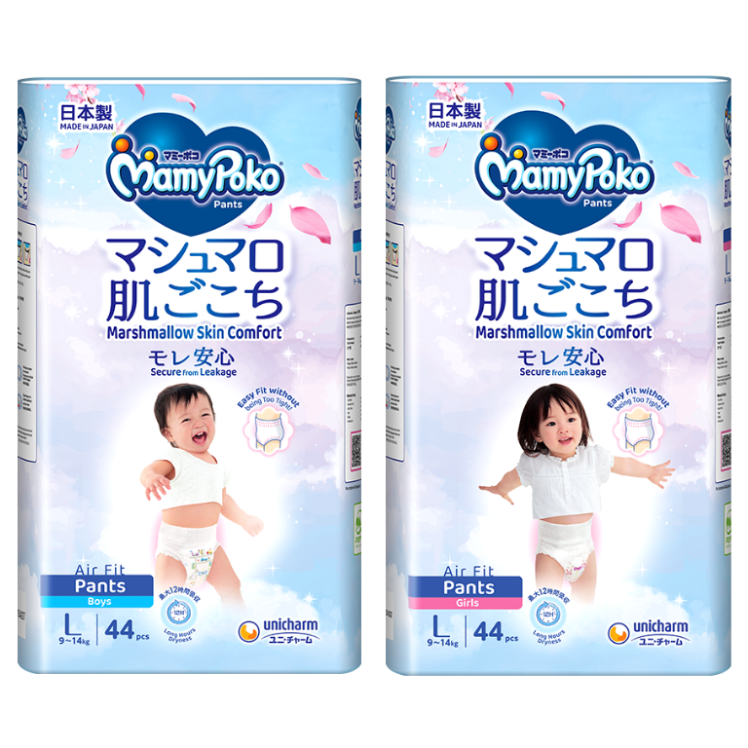


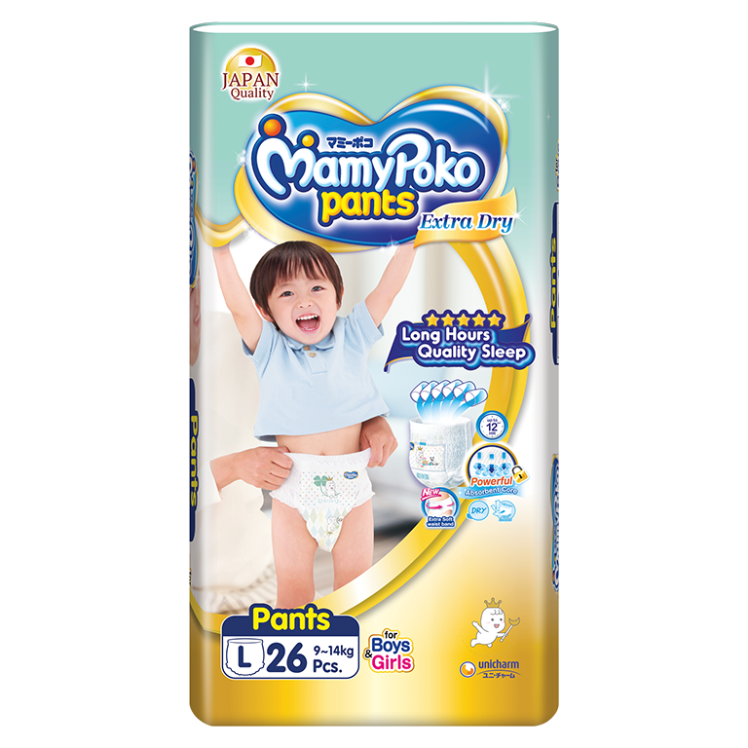
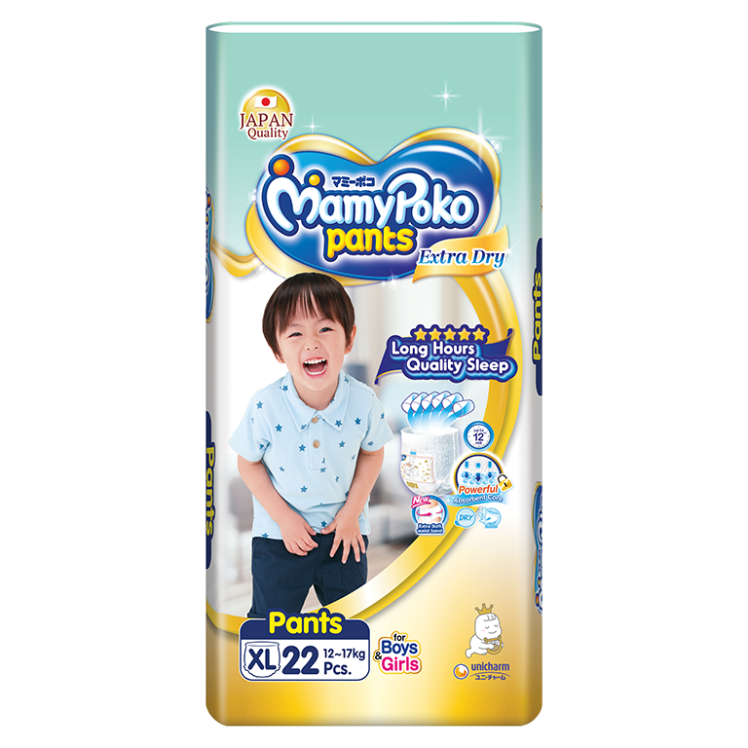
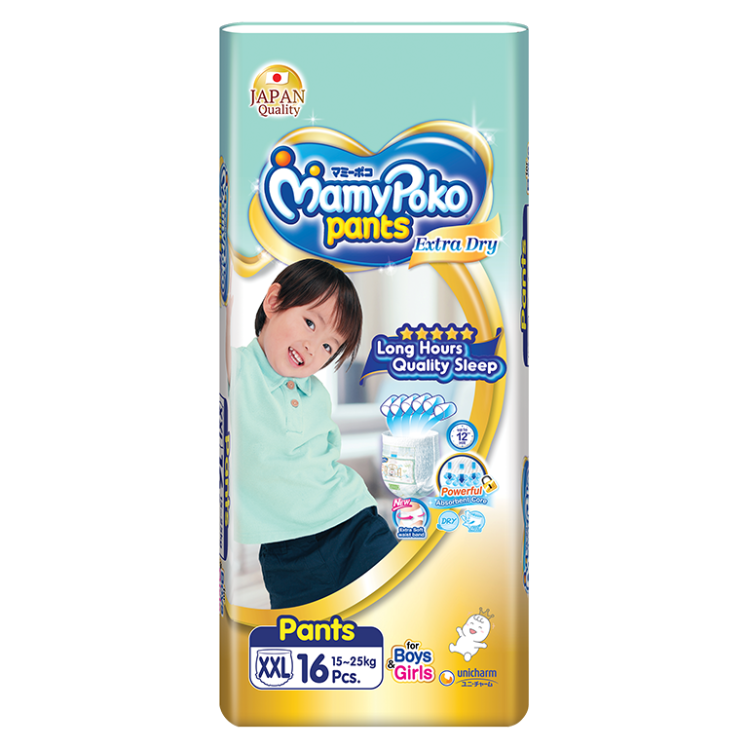
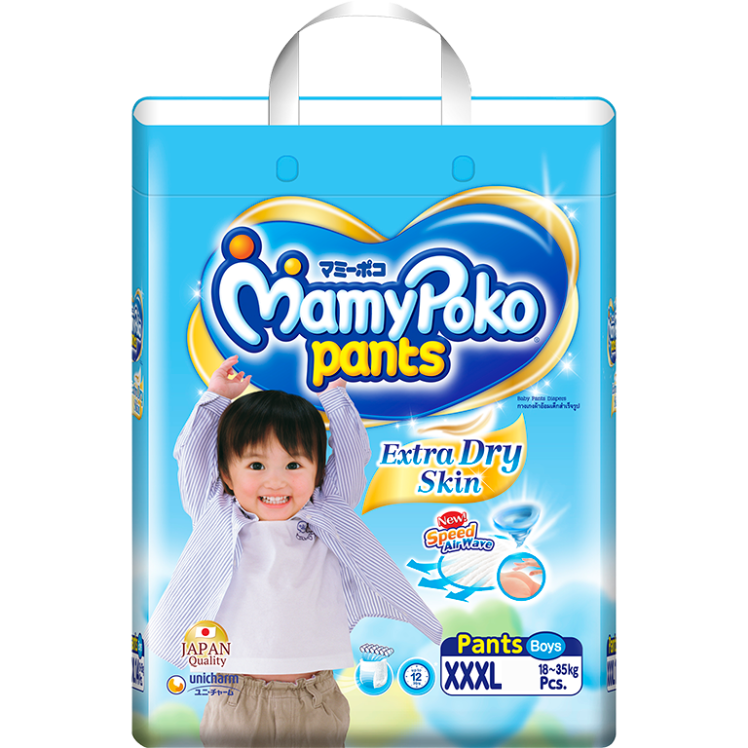

.png)
